Description
Intel I5 7th Generation Processor Features
- Intel i5 7th generation processor, codenamed Kaby Lake, represented another significant advancement in Intel’s lineup of processors. Released in 2016, the 7th generation Intel Core i5 processors brought forth notable improvements in performance, energy efficiency, and multimedia capabilities. In this essay, we will explore the key features, technical specifications, and the impact of the Intel Core i5 7th generation processor, shedding light on its significance in the world of computing.
- Intel i5 7th generation processor, based on the Kaby Lake microarchitecture, succeeded the Skylake microarchitecture. Designed to meet the demands of modern computing, these processors were built on a 14nm manufacturing process and introduced several innovative features that enhanced overall performance and user experience. The Kaby Lake processors were developed with a focus on improved efficiency, multimedia capabilities, and support for emerging technologies.
Technical Specifications: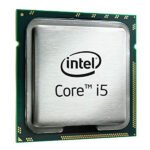
1. Architecture and Manufacturing Process:
- Intel i5 7th generation processors were built on a 14nm process technology, allowing for smaller transistors and greater power efficiency.
- microarchitecture featured optimizations that enhanced performance and energy efficiency, building upon the foundation laid by the previous generation.
2. Core and Thread Configuration:
- Intel i5 7th generation processors typically featured four physical cores, capable of handling up to four threads simultaneously.
- Hyper-Threading technology was employed, allowing each physical core to handle two threads, improving multitasking capabilities.
3. Clock Speed and Turbo Boost:
- Intel i5 7th generation processors had base clock speeds ranging from 2.3 GHz to 3.5 GHz, depending on the specific model.
- Turbo Boost technology dynamically increased the clock speed of the processor cores, providing a performance boost for single-threaded applications and tasks.
4. Integrated Graphics:
- Intel i5 7th generation processors integrated Intel HD Graphics 620, offering improved graphics performance compared to the previous generation.
- integrated graphics were capable of handling casual gaming and multimedia tasks, reducing the need for a discrete graphics card in many systems.
5. Memory Support:
- processors supported DDR4 and LPDDR3/LPDDR4 memory modules with varying speeds, allowing for efficient data transfer between the processor and RAM.
Impact on Computing:
1. Performance and Multitasking:
- Intel i5 7th generation processors delivered significant performance improvements, making them well-suited for a wide range of applications, from everyday tasks to moderate gaming and content creation.
- Hyper-Threading technology enhanced multitasking capabilities, allowing users to run multiple applications simultaneously without experiencing a substantial drop in performance.
2. Energy Efficiency:
- Intel i5 7th generation processors were designed with a focus on energy efficiency, resulting in lower power consumption during idle and low-load scenarios.
- Enhanced power management features contributed to improved battery life in laptops and ultrabooks, making them more practical for mobile users.
3. Graphics Performance:
- integrated Intel HD Graphics 620 offered improved graphics performance, enabling smooth playback of high-definition videos and supporting a wider range of games at lower settings.
- The enhanced graphics capabilities made Kaby Lake-powered systems more versatile, appealing to users who needed decent graphics performance without investing in a discrete GPU.
4. Multimedia Capabilities:
- Intel i5 7th generation processors introduced hardware decoding support for 4K HEVC (High-Efficiency Video Coding) and VP9 video formats, enhancing multimedia playback and streaming experiences.
- Improved graphics performance and multimedia capabilities made Kaby Lake processors ideal for multimedia content creation and editing tasks.
5. Support for Emerging Technologies:
- Intel i5 7th generation processors featured support for Thunderbolt™ 3 technology, enabling high-speed data transfer and support for external graphics solutions, expanding the possibilities for desktop and laptop users.
- Enhanced connectivity options, including USB Type-C, provided users with faster data transfer and improved peripheral connectivity.
Final Thoughts:
- Intel i5 7th generation processor, based on the Kaby Lake microarchitecture, represented a significant leap forward in the world of computing. Its improved performance, energy efficiency, multimedia capabilities, and support for emerging technologies made it a popular choice among users seeking a powerful and versatile processor. The Kaby Lake processors found their way into a wide range of devices, including desktop computers, laptops, ultrabooks, and 2-in-1 devices, shaping the computing experience for millions of users worldwide.
- The advancements introduced with the Kaby Lake processors not only enhanced the performance and efficiency of individual computers but also influenced the development of software and applications. Users could enjoy smoother multitasking, improved graphics performance, and enhanced multimedia experiences, thanks to the capabilities of these processors.
- As technology continues to advance, the innovations introduced with the Intel i5 7th generation processor serve as a testament to the rapid progress in semiconductor technology. The legacy of Kaby Lake lives on, reminding us of the transformative impact of these processors on the way we work, play, and connect in the digital age. With their combination of performance, energy efficiency, and multimedia capabilities, the Intel i5 7th generation processors continue to be relevant in today’s computing landscape, demonstrating the enduring value of these powerful and versatile processors.



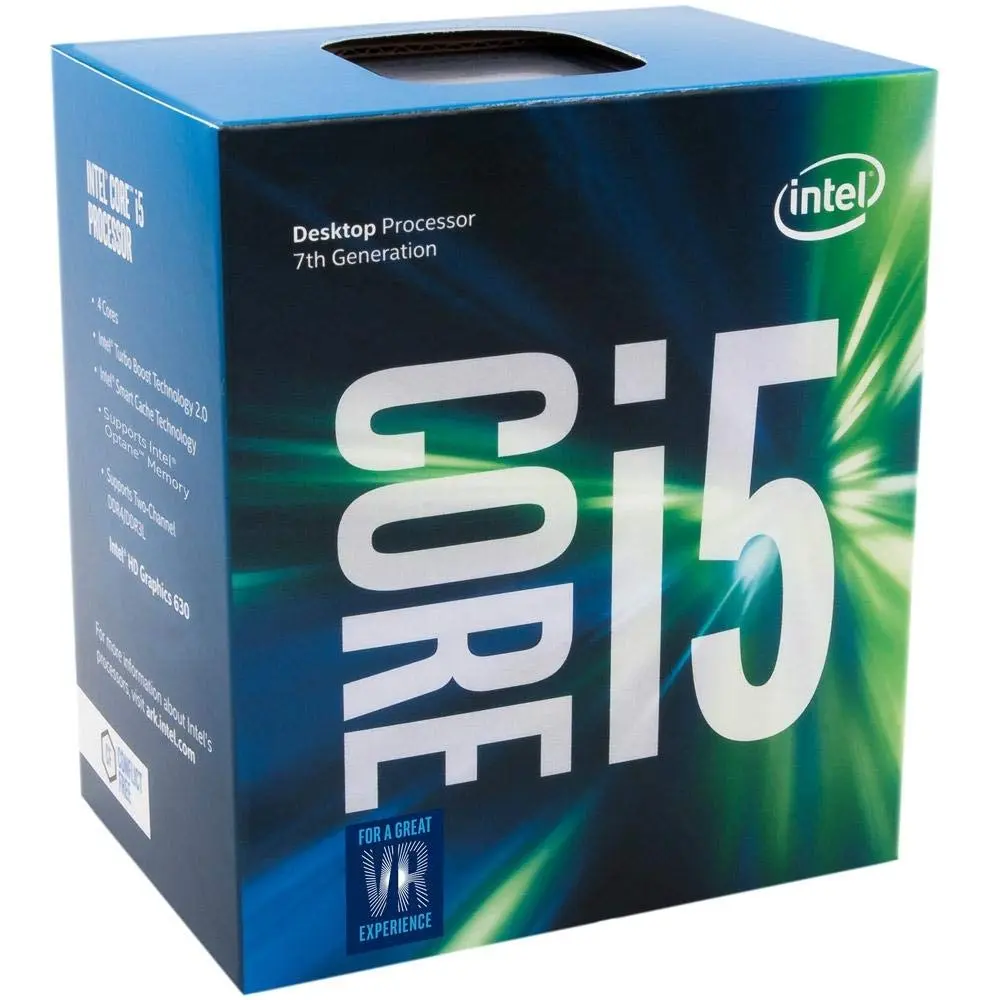
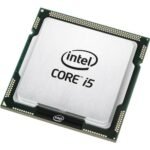

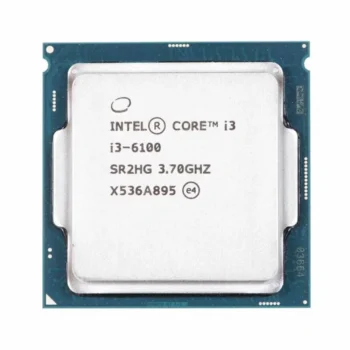
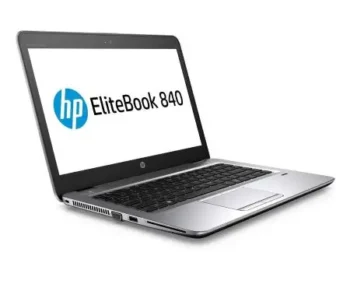
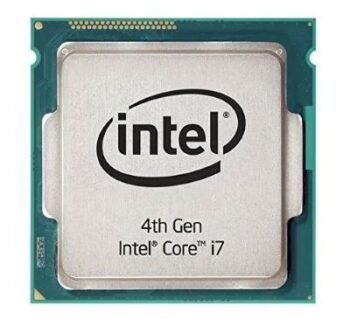
Reviews
There are no reviews yet.